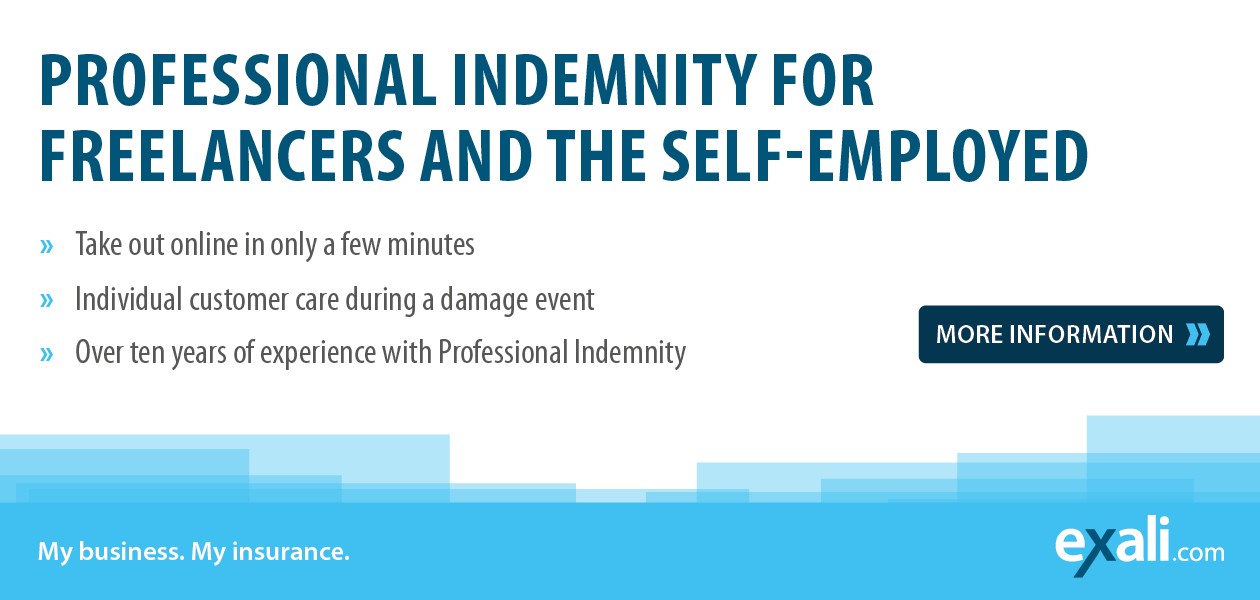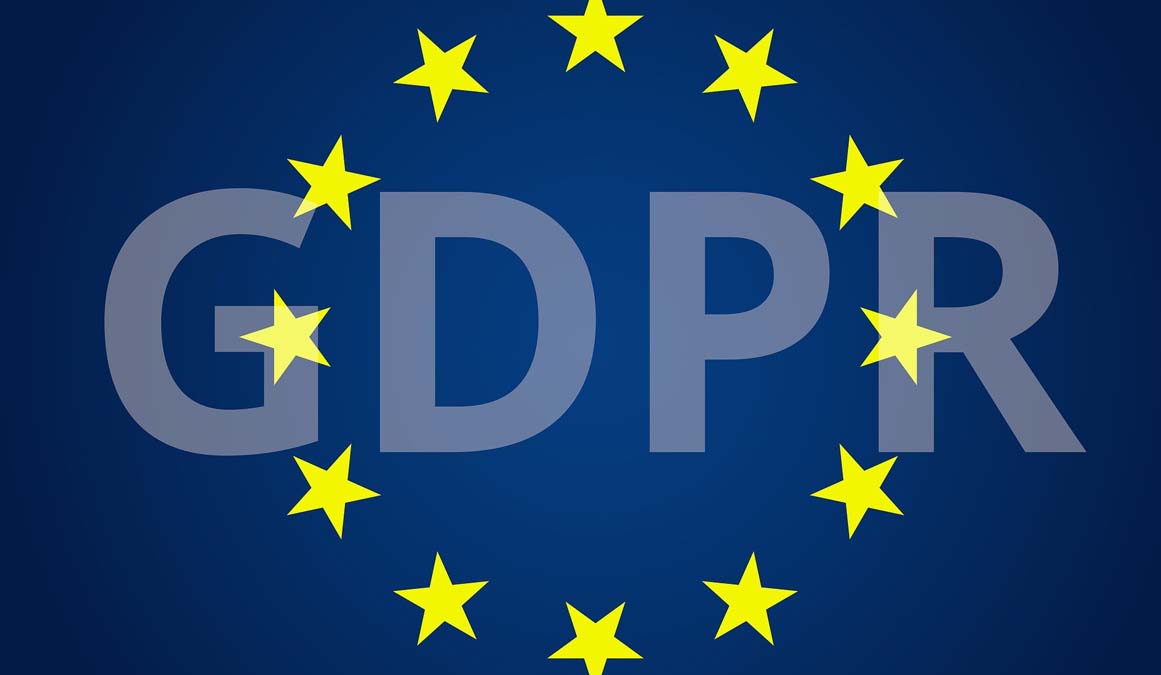Stricter Product Liability: What Companies Need To Know
Extended consumer rights, inclusion of digital products and the fair distribution of risks: these are the objectives of the new EU product liability directive. We examine the changes that will affect retailers and manufacturers in this article.
Aims Of the New Directive
The ongoing digitalisation has expanded the range of products and technologies. The new directive on product liability aims to incorporate these. Newly created supply chains also make it necessary to include players such as e-commerce platforms in the legislation.
The overarching goal is to promote the EU single market. This is achieved by increasing consumer protection, relaxing liability restrictions and increasing liability risks for companies. As a result, product liability is tightened at several levels – both objectively, personally and financially.
The Most Important Changes
The new directive contains changes that give rise to new risks and liability issues.
Affected Economic Actors (Article 7)
The new product liability directive takes a step-by-step approach here:
- Stage 1: (Quasi-)Manufacturers
This applies, for example, to manufacturers of components that are integrated into or connected to a product. It is important that this process is carried out under the control of the manufacturer. This level also applies to persons who significantly modify the product outside the control of the manufacturer.
- Stage 2: Importers, Authorised Representatives of Manufacturers In the Sense of Product Safety Law
This stage applies if the manufacturers are not based in the EU.
- Step 3: Traders and Operators of Online Sales Platforms
The third stage comes into force if no liable party can be found within the EU in accordance with stages one and two.
Quasi-manufacturers are people who buy goods in bulk, label them with a logo or brand and then resell them. For buyers, it is not apparent that these people have not manufactured the product. A quasi-manufacturer is therefore any person who imports goods from outside the European Economic Area – regardless of whether these are relabelled or not.
According to the Product Liability Directive, the quasi-manufacturer is considered to be the manufacturer in the same way as the ‘real’ manufacturer and is therefore also liable for product defects.
Extended Product Definition (Article 4)
The new provisions are intended to update the concept of product liability for the digital age. To this end, the term ‘product’ is being extended to include software and digital manufacturing files. The term now encompasses all movable goods, even if they are integrated into or connected to another movable or immovable object.
- Electricity
- Digital construction documents such as files for 3D printing
- Software (including AI) except non-commercial or open source
- Raw materials such as water
Extended Definition of the Term ‘Error’ (Article 6)
The catalogue of possible error circumstances is supplemented by the directive. In addition to so-called foreseeable combination risks of two products and the effects of learned skills in AI systems, this includes:
- Product safety requirements (including cyber security)
- Recall campaigns and other interventions by market surveillance authorities
- Specific requirements of a user group (for example, in the case of life-sustaining medical devices)
If a product is designed to prevent damage and fails to do so, this is also considered a product defect (e.g. smoke detectors or similar). In the case of smart products, the definition of a defect depends on the point in time at which a product is no longer under the control of the manufacturer.
Extended Definition of the Term ‘Damage’ (Article 5a)
Thanks to the new directive, medically recognised psychological damage is also included in personal injury. Damage caused by the loss or falsification of data is now also covered.
Abolition of Liability Limits (Article 10)
In future, a European company, such as a manufacturer or importer, should always be responsible for liability issues. This also applies if a product was purchased outside the EU. If there are cases in which this does not work, the member states should provide compensation systems for damages.
In future, there will no longer be any upper limits for the liability for personal injury. The excess for property damage will also be abolished. This means that the injured party will no longer have to bear the costs of damage up to a certain amount.
In principle, manufacturers should no longer be liable if a defect did not yet exist when a product was placed on the market. An exception is software, which continues to be subject to manufacturer control. If, for example, necessary updates are not provided, liability remains.
Liability is a rather abstract concept for many people. The article Types of Liability Explained: Contractual versus Statutory Liability provides an overview of the topic.
Extended Maximum Limitation Period (Article 14)
As soon as the affected person realises that a product is defective, a regular limitation period of three years begins. However, if a product is placed on the market with a significant change, the maximum period remains ten years. For late health effects, the maximum limitation period has been extended to 25 years.
Disclosure Requirement (Article 8)
If the claim of an injured person is successful in court, companies must disclose all evidence as soon as this is necessary and appropriate. To do this, injured parties must present facts and evidence to substantiate the plausibility of a claim for compensation.
Relief From the Burden of Proof (Article 9)
If consumers suffer damage from a product, they are entitled to compensation. If the EU Parliament has its way, this will be much easier in the future – even for immaterial damage.
Previously, customers had to prove that a product was defective and that they had suffered a loss as a result. This is about to become easier, especially when a product is highly complex and it is difficult to prove that it is defective.
If a company fails to comply with the disclosure obligation under Article 8, the court will automatically assume that a product is defective. In the case that the damage is typical of the defect, a causal connection is also assumed. If the case is more complex, the product defect must first be explained plausibly.
Consequences For Companies
The product liability line makes actors liable who were not previously affected. These include changing manufacturers, their authorised representatives, fulfilment service providers and operators of online sales platforms. They must now all be prepared for the risk of claims for compensation. This topic also includes the revised definition of a defect and extended liability. If liability proceedings are initiated, the chances of success for companies will change significantly due to the disclosure obligation – because the new legislation effectively reverses the burden of proof. Those who do not comply with the disclosure obligation run the risk of losing the case due to the presumptions of evidence in Article 9.
Those affected should take another close look at the risks within their supply chain and re-evaluate them. If necessary, adjust your insurance coverage and redistribute responsibilities as needed. Once the formalities between the EU Council and Parliament have been clarified, the directive is expected to apply by 2026 at the latest. Until then, those affected should be aware of and fulfil their obligations.

Vivien Gebhardt is an online editor at exali. She creates content on topics that are of interest to self-employed people, freelancers and entrepreneurs. Her specialties are risks in e-commerce, legal topics and claims that have happened to exali insured freelancers.
She has been a freelance copywriter herself since 2021 and therefore knows from experience what the target group is concerned about.








